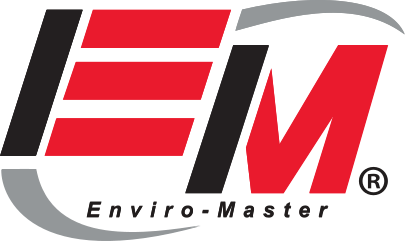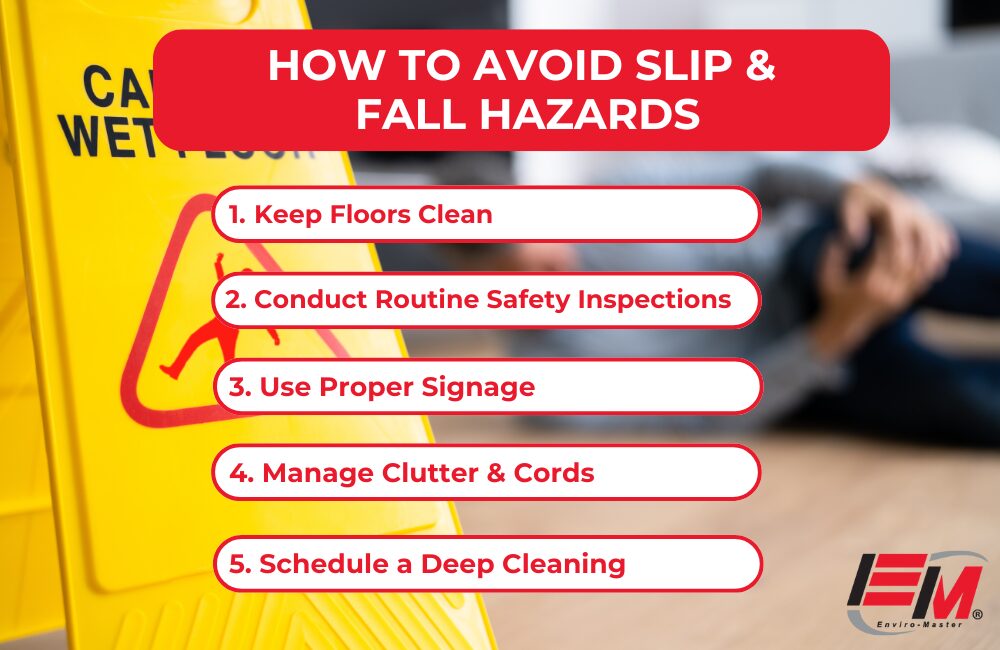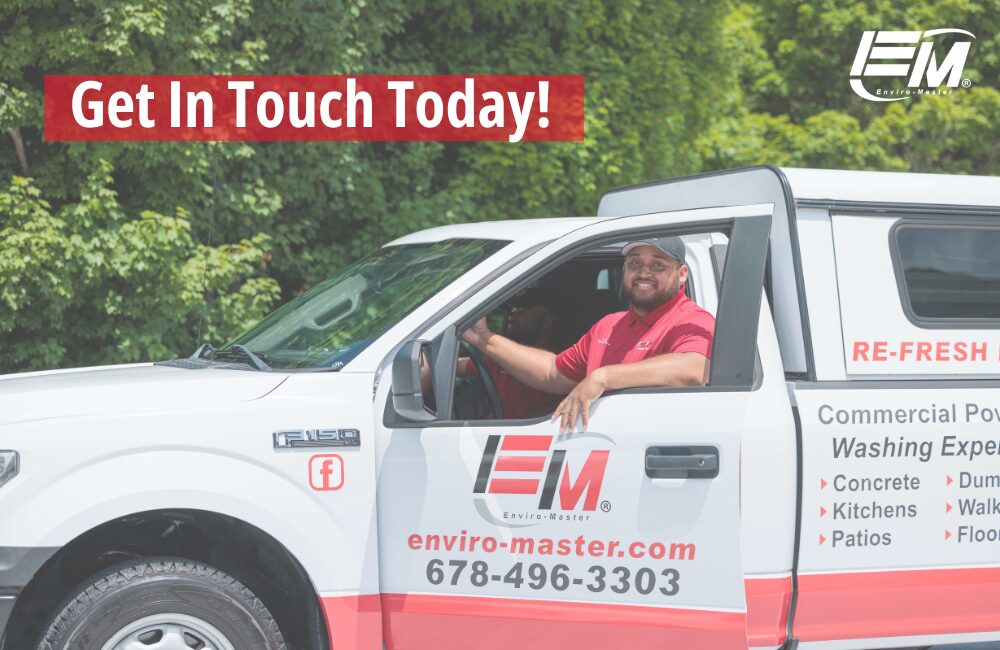Slip and fall accidents are one of the most common slip hazards in workplaces and commercial spaces, often resulting in serious injuries like head injuries, spinal cord injuries, and costly medical expenses. According to OSHA, slips, trips, and falls account for 15% of all accidental deaths in the workplace, making them a major concern for property owners and businesses.
Many fall incidents are caused by wet floors, uneven surfaces, poor lighting, and other hazardous conditions. Without proper fall prevention measures, businesses may face premises liability claims and financial risks. Fortunately, a structured commercial cleaning routine can help eliminate common hazards and keep walking surfaces safe.
In this blog, we’ll break down the most common slip and tripping hazards, provide preventive measures, and explain how professional cleaning services play a critical role in reducing fall-related injuries in the workplace.
What are Common Slip and Fall Hazards in Commercial Spaces?
Preventing fall accidents starts with recognizing the most common slip hazards found in workplaces and commercial environments. Whether in grocery stores, retail stores, office buildings, or parking lots, certain dangerous conditions put employees, customers, and visitors at risk of fall-related injuries. Here are the leading causes of slip hazards and tripping hazards that every property owner should be aware of:
1. Wet and Slippery Surfaces
Wet floors are a top contributor to fall injuries, often caused by spills, leaks, or improper cleaning techniques. Without quick cleanup or warning signs, slippery surfaces create a hazardous condition that increases the likelihood of a fall incident. Businesses must also consider weather conditions—rain and snow tracked indoors can make walking surfaces even more treacherous.
2. Uneven Flooring and Surfaces
Damaged flooring, such as cracked tiles, loose carpeting, or uneven concrete, poses a serious tripping hazard. Property owners should regularly inspect their spaces for uneven surfaces that could lead to serious injury and costly medical expenses. Additionally, different flooring materials require unique techniques. Some examples include: Tile floors that benefit from ant-slip treatments, concrete floors that should be cleaned with non-greasy solutions, or carpeted areas that need regular vacuuming to prevent dust buildup.
3. Inadequate Lighting
Poor lighting in stairwells, hallways, and parking lots can make it difficult to see potential hazards, increasing the risk of a fall accident. Installing adequate lighting in high-traffic areas is an essential fall prevention strategy.
4. Clutter and Electrical Cords
Loose cables, misplaced boxes, and obstructed walkways create common hazards that can lead to workplace slip hazards and tripping hazards. Keeping pathways clear and securing electrical cords is a simple yet effective way to reduce fall-related injuries.
5. Weather-Related Hazards
Outdoor walking surfaces become especially risky in wet, icy, or snowy conditions. Business entrances and parking lots require extra maintenance to prevent slip hazards caused by weather conditions. Without proper care, these areas become a dangerous condition for pedestrians.
By addressing these common causes of fall incidents, businesses can take proactive safety measures to keep their spaces safe. Next, we’ll explore the best preventive measures that businesses can implement to eliminate these risks and improve occupational safety.
Essential Cleaning Strategies to Prevent Slip and Fall Incidents
A well-maintained workplace is one of the most effective ways to reduce the risk of slips and trips. By taking a proactive approach to cleaning and organization, businesses can create a safer environment for employees and customers. Here are some key strategies to minimize accidents:
Keeping Floors Clean and Dry
Excess moisture is a major cause of falls, whether from spills, tracked-in water, or routine mopping. To prevent accidents:
– Wipe up spills immediately and place caution signs in wet areas.
– Use absorbent mats at entrances to catch excess water.
– Choose cleaning products that improve floor traction instead of leaving behind residue.
Conducting Routine Safety Inspections
Regular checks help identify and fix problem areas before they lead to injuries. Inspections should focus on:
– Flooring damage, such as cracks, loose tiles, or worn-out carpets.
– Entryways, hallways, and other high-traffic areas that collect dust, dirt, or moisture.
– Outdoor walkways and parking areas where weather conditions can make surfaces hazardous.
Using Proper Signage and Communication
Marking potential risks allows employees and customers to navigate spaces safely. Some best practices include:
– Clearly labeling wet or recently cleaned floors.
– Highlighting changes in flooring surfaces, such as steps or transitions.
– Ensuring emergency exits and pathways remain unobstructed.
Managing Clutter and Cords
Loose wires, misplaced boxes, and unnecessary items can create trip hazards. To keep pathways clear:
– Secure cables with floor covers or run them along walls.
– Store supplies properly to avoid blocked walkways.
– Encourage employees to keep their workspaces tidy and report obstructions.
Scheduling Deep Cleaning Services
Beyond daily upkeep, regular deep cleaning ensures floors and high-risk areas stay safe over time. This includes:
– Applying non-slip treatments where necessary.
– Removing built-up grime and grease that can reduce traction.
– Keeping stairwells, breakrooms, and restrooms well-maintained.
By integrating these strategies into their cleaning routine, businesses can take meaningful steps toward preventing falls. Partnering with a professional cleaning service like Enviro-Master ensures that restrooms, kitchens, and common areas receive expert-level sanitation. Their deep cleaning and tile & grout services help eliminate buildup that can lead to slips and hygiene concerns, creating a safer, healthier workspace. Learn more about how Enviro-Master can support your business’s cleaning needs.
The Role of Commercial Cleaning in Fall Prevention
While daily maintenance plays a key role in preventing slip and fall accidents, a professional cleaning service can provide deeper protection against hazardous conditions that may not be addressed through routine efforts. Commercial cleaning enhances workplace safety by eliminating potential hazards before they lead to serious injuries.
1. Reducing Slippery Surfaces with Proper Cleaning Techniques
Spills, excess moisture, and built-up grime can make floors unsafe. A professional cleaning team:
– Uses industrial-grade cleaning solutions that improve traction.
– Ensures floors are dried properly to avoid lingering moisture.
– Applies non-slip treatments to areas prone to spills, like kitchens and breakrooms.
By keeping floors in top condition, businesses lower the risk of fall-related injuries.
2. Preventing Tripping Hazards with Regular Deep Cleaning
Dust, dirt, and clutter can make a space more hazardous. Professional cleaning helps by:
– Removing debris from entryways, stairwells, and hallways.
– Ensuring carpets and rugs are secured to avoid snags and missteps.
– Addressing overlooked areas like baseboards and hard-to-reach corners where dust buildup occurs.
These measures help maintain clear, hazard-free pathways for employees and visitors.
3. Keeping High-Risk Areas Safe
Certain locations in commercial spaces are more prone to accidents. A dedicated cleaning team focuses on:
– Entrances and lobbies, where water and dirt are often tracked in.
– Restrooms, ensuring spills and excess moisture are quickly handled.
– Loading docks and warehouses, where spills from equipment or materials can create unexpected dangers.
With targeted cleaning efforts, businesses can improve overall safety while maintaining a clean and welcoming environment.
4. Supporting Compliance with Safety Standards
Companies are expected to follow safety guidelines to protect employees and customers. A commercial cleaning provider helps with:
– Meeting OSHA recommendations for safe flooring conditions.
– Reducing liability risks by maintaining well-kept spaces.
– Enhancing visibility in dimly lit areas by keeping surfaces clean and reflective.
By investing in professional cleaning services, businesses can stay proactive in accident prevention.
Reducing Workplace Accidents with Enviro-Master by Your Side
Preventing slips and falls requires more than just routine cleaning—it demands a professional, proactive approach to workplace safety. That’s why businesses trust Enviro-Master to help maintain clean, hazard-free environments.
Our specialized restroom & hygiene cleaning services —including power washing to remove grease from floors typically in dining rooms and kitchens, tile and grout deep cleaning to create better traction, and drain treatment to prevent standing water and slippery conditions—help eliminate conditions that lead to slip and fall accidents. We tailor our cleaning programs to each business, ensuring high-traffic areas like entryways, restrooms, and kitchen floors remain safe and slip-resistant. Our customized cleaning plans allow for a thorough cleaning specific to your space.
Beyond cleanliness, Enviro-Master helps businesses stay OSHA-compliant, reducing liability risks while creating a healthier environment for employees and customers. With regular maintenance and expert support, we help businesses stay ahead of hazards—protecting people and their property.
Investing in professional commercial cleaning is one of the most effective ways to prevent accidents. Let Enviro-Master help you create a safer, cleaner workplace today. Find an Enviro-Master location near you by visiting our site!



